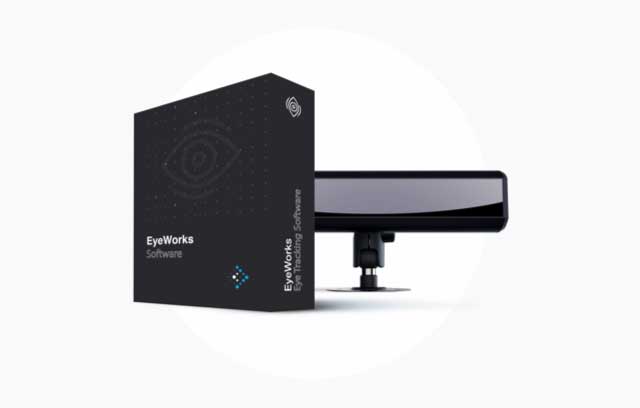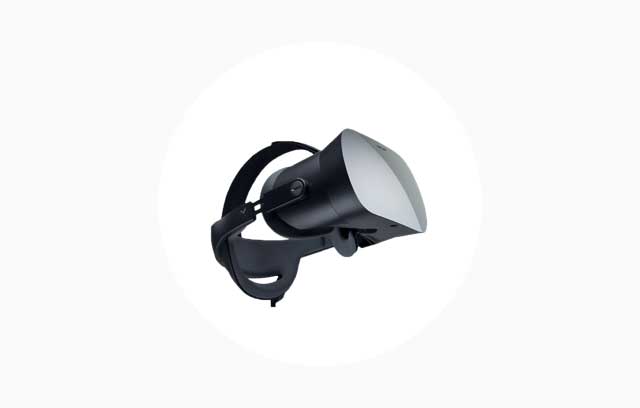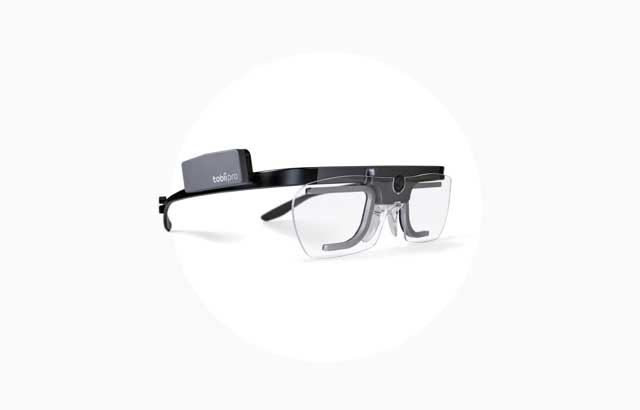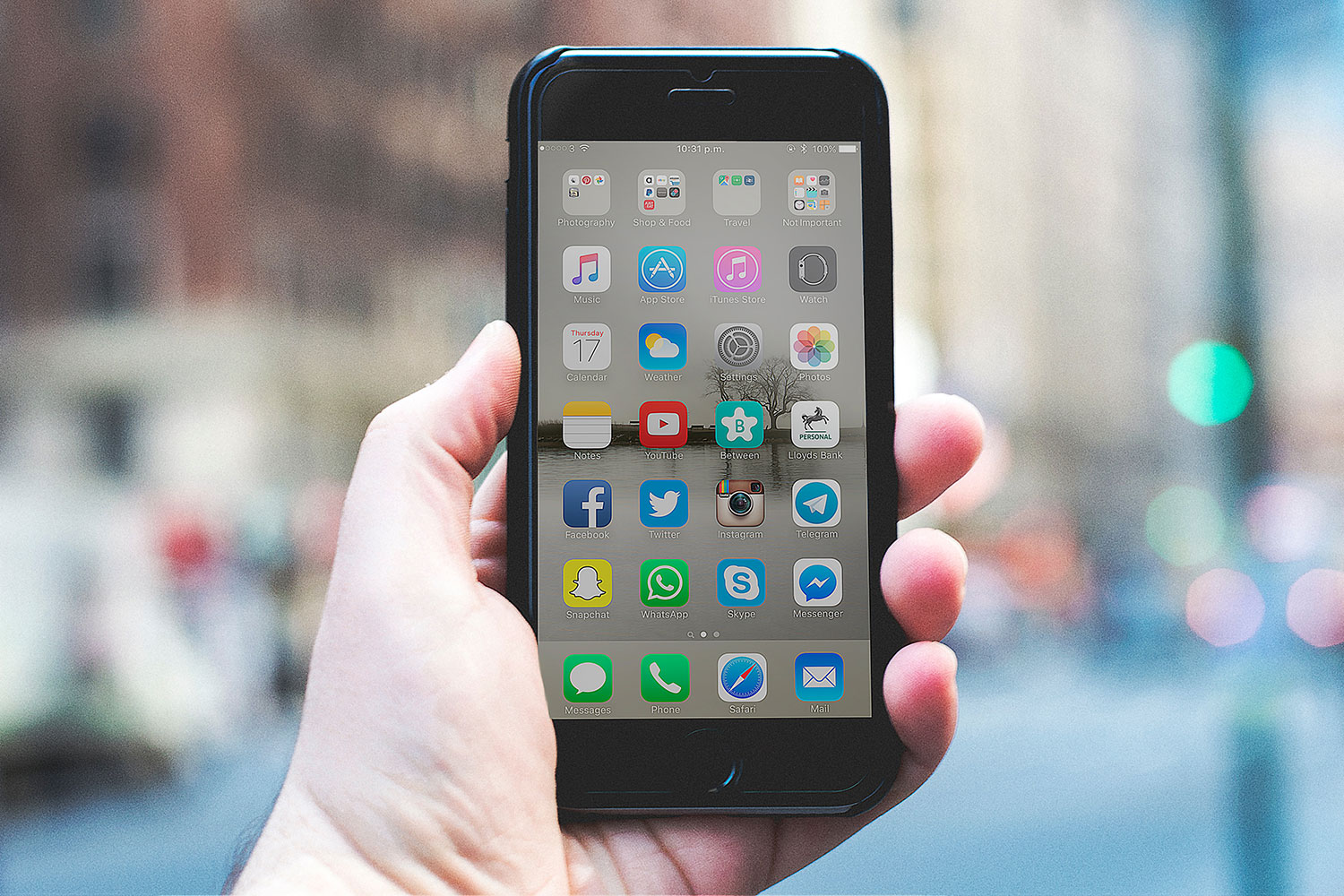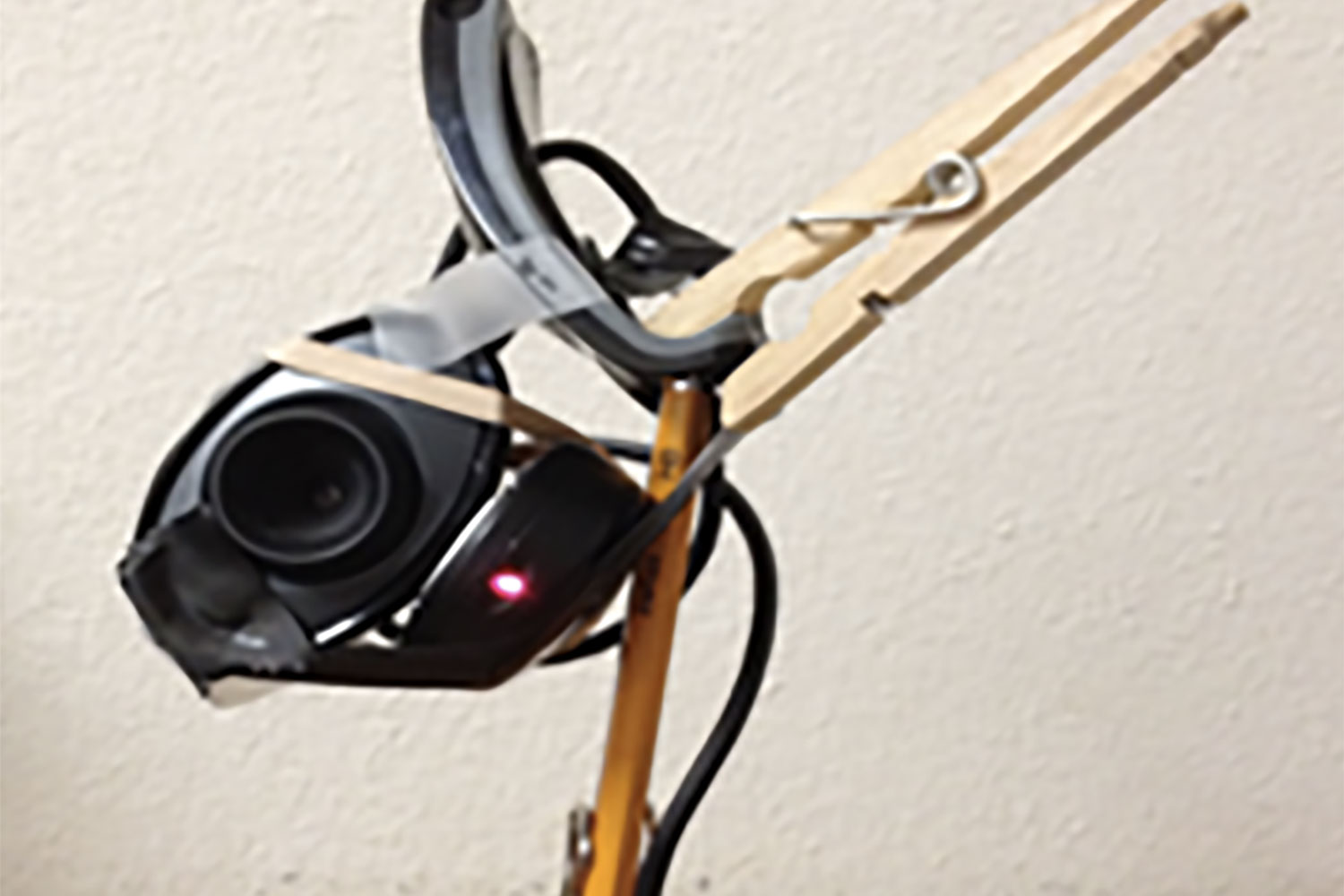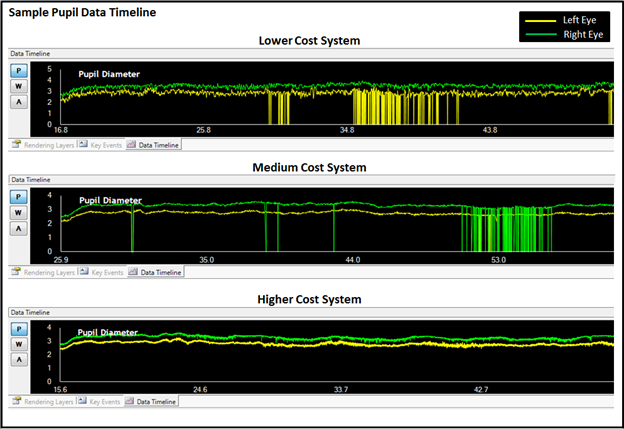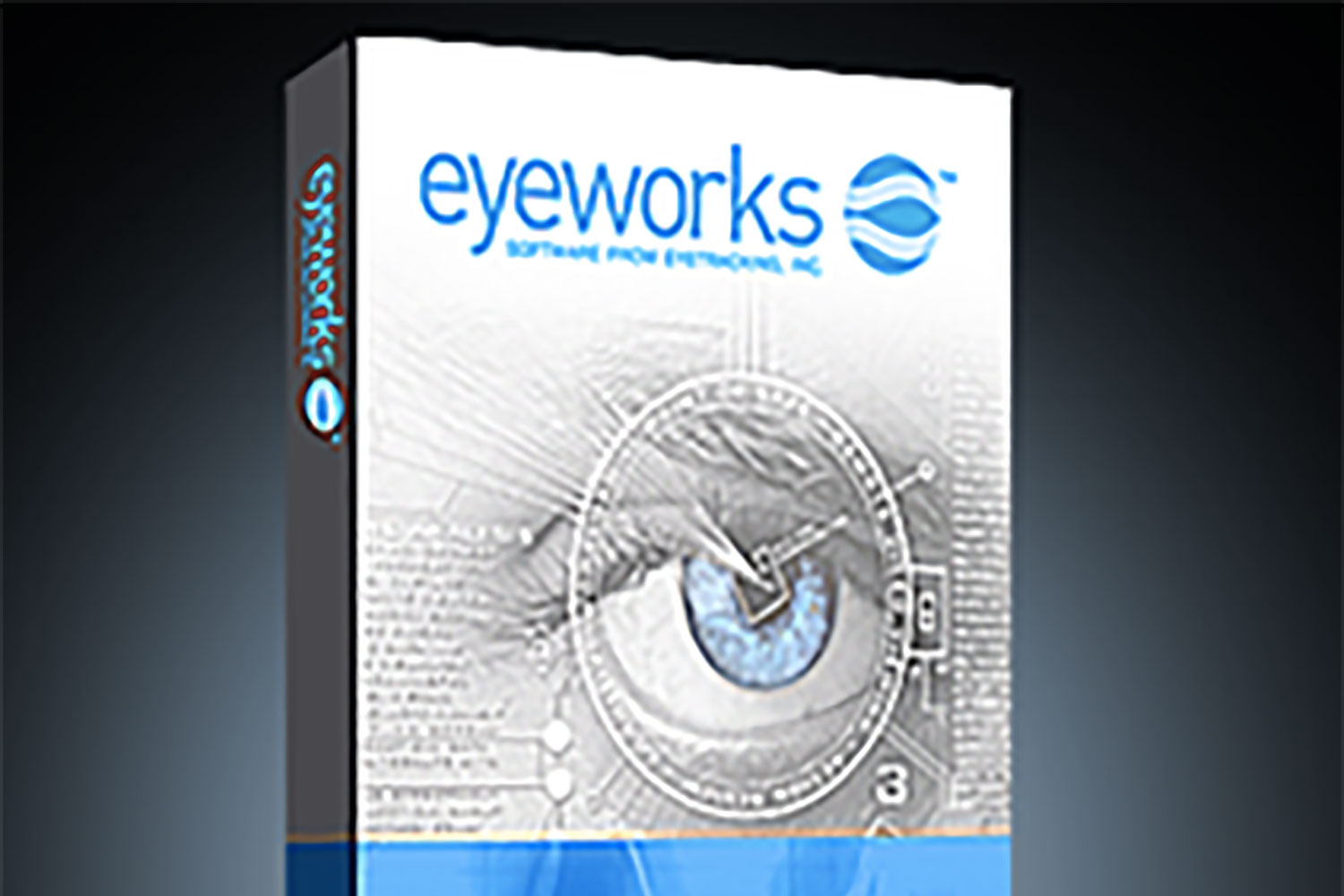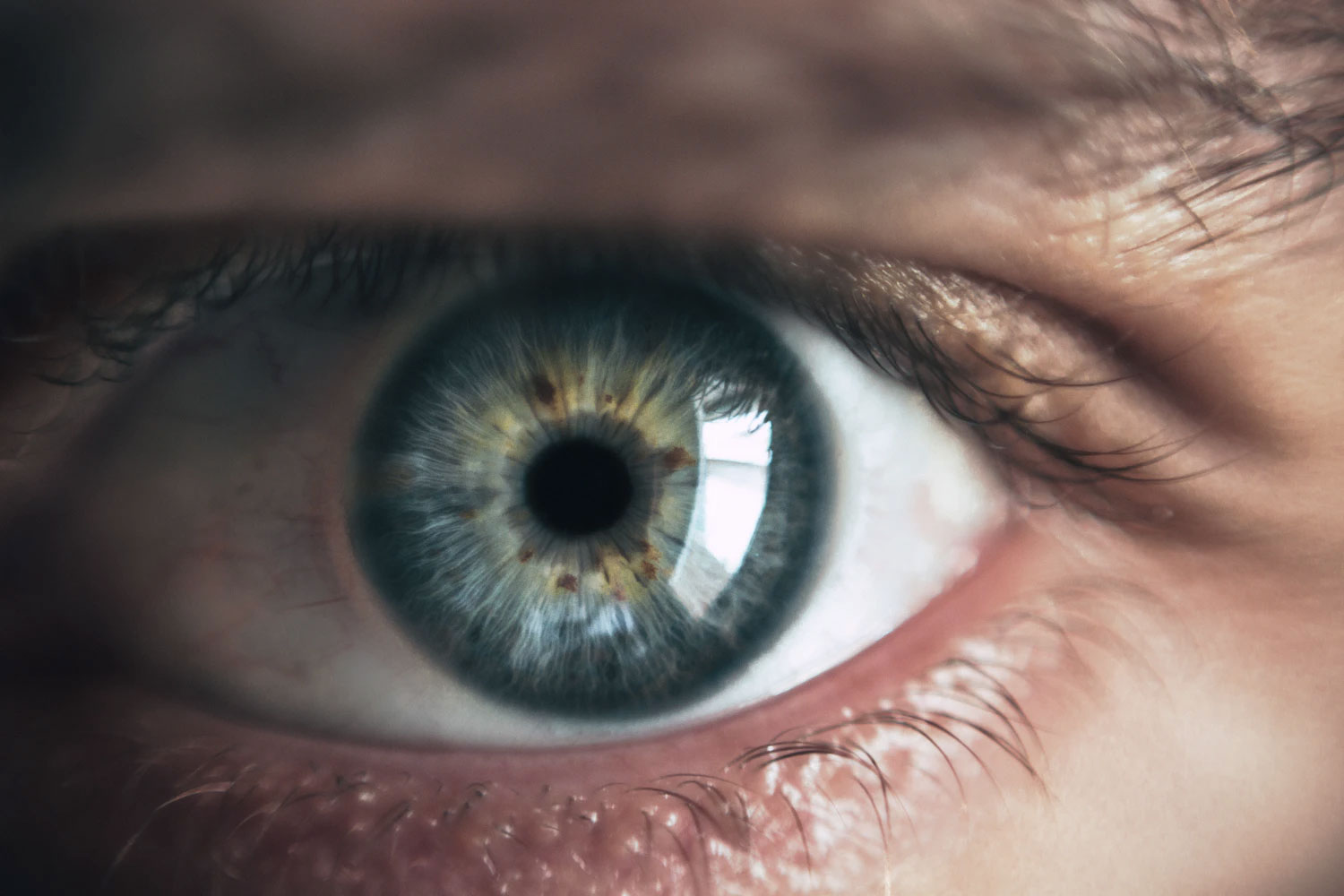Eye tracking is certainly on the rise. There are more businesses, universities and government agencies using this technology now than ever before. To keep pace with demand, new eye tracking hardware systems are being released all the time. So how do you decide which one is the right one for your research? It’s not as if you can walk into Best Buy and ask the guy in the blue shirt which eye tracker you should purchase… not yet anyway.
At EyeTracking, Inc. we’ve used every type of eye tracker in just about every research environment, from the usability lab to the grocery store, from the cockpit to the operating room. After over a decade of work with dozens of eye tracking systems, we’ve learned a thing or two about choosing the tool best-suited to each of our projects. For those of you considering the purchase of an eye tracker, here are a few questions that we recommend that you ask to help you sort through the many systems available in today’s market…
Do I need a remote system or a head-mounted system?
If your research participants will be positioned in the same place throughout the session (e.g. seated at a computer, standing in front of a display), you might want a remote system. If your research participants will be moving throughout the session (e.g. walking down a grocery store aisle, walking around a room or building) you might prefer a head-mounted system. There are pros & cons associated with each type. For certain research scenarios, analysis may be more difficult with data from one type of eye tracker compared with the other.
What is the sampling rate of the eye tracker?
The eye moves quickly, and it’s important that you understand how frequently your eye tracker samples eye position. The typical sampling rate of systems ranges from 10Hz – 2000Hz. For usability and marketing research we, at EyeTracking, Inc., don’t use anything less than 60Hz. For scientific research that demands very detailed analysis of rapid saccadic eye movements we might use a 250+Hz system. Some systems offer variable sampling rates.
Is the tracker monocular or binocular?
Many eye trackers only collect data on one eye. This may be fine for some research areas – marketing research, basic usability, anything that only requires monocular point-of-gaze. However, if your research requires you to compare both eyes (e.g. position, vergence or workload) you will most likely need a binocular system. You should be aware that if you only track one eye you may be missing out on data such as whether the person is focused on something or whether they are “zoned out” staring through it. You will likely also find that monocular eye trackers do not cope with Z distances very well. This is particularly true for wearable eye trackers, which often produce inaccurate eye data when the person walks closer to or further away from an object.
What level of accuracy can I expect?
This is obviously a very important question. Accuracy is measured in degrees of visual angle (generally in the range of 0.5◦ and 1.0◦). Keep in mind that the accuracy reported by the manufacturer is often based on a best-case-scenario. Data loss can also be a factor that is not typically quoted in specs. Before we purchase an eye tracker, we like to see it in action. This is where a live demo or a trial license comes in handy.
Who cannot be tracked accurately?
There are many factors that can impact ‘trackability.’ These include certain glasses, bifocals, hard contacts, eye pigment, eye shape and eye problems. Participant age and ethnicity can also present obstacles. No eye tracker will track everybody in every scenario, but some handle confounding factors better than others. Consider the population that you will be testing and make sure the eye tracker will support data collection with this population.
What can I expect in terms of analysis?
Before you buy an eye tracker, you need to understand exactly how you will use the data. Are you interested in statistical comparisons? illustrative graphics? real-time eye tracking video of the sessions? all of the above? Different systems offer different depths of analysis. Make a checklist and see which combination of eye tracker and analysis software meets all of your needs.
How much / how long / what kind of support is offered?
These days, eye trackers are getting pretty close to plug-&-play, but that doesn’t mean you don’t need support. Find out if you will receive on-site training with your eye tracker. Find out if online support is offered after the training is complete and for how long. Find out if there is a detailed user manual and demo project materials available for you to explore.
What advanced features are offered?
There are too many to mention, but here are a few relevant advanced eye tracking features that are offered by some but not all eye trackers: Scene camera eye tracking of real environments, multi-display data collection, cognitive workload pupilometry metrics, OEM integration of data with 3rd party applications, dynamic video data renderings, real-time data view, data inaccuracy correction, etc. Again, some of these features are a function of hardware, some software and some a combination (oh and by the way, all of these features are supported by EyeWorks software).
So that’s our advice for buying an eye tracker. If you have questions about our questions or if you are ready to purchase an eye tracker, feel free to contact us. We can provide a quote for most systems and will provide you with unbiased advice.

